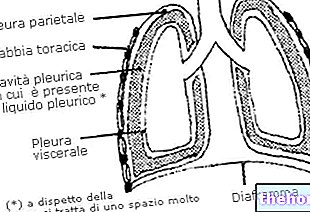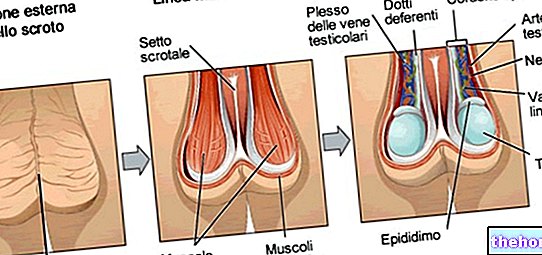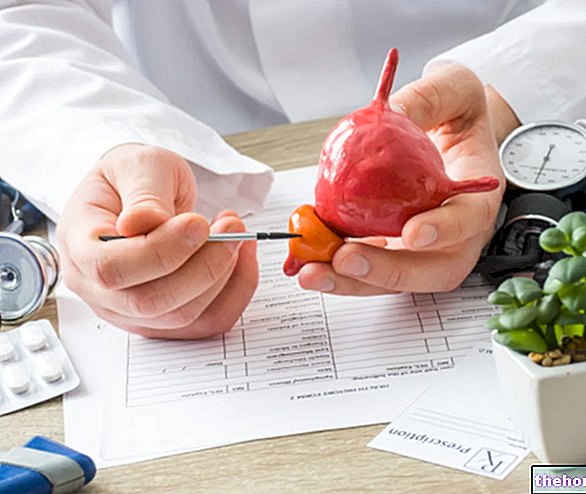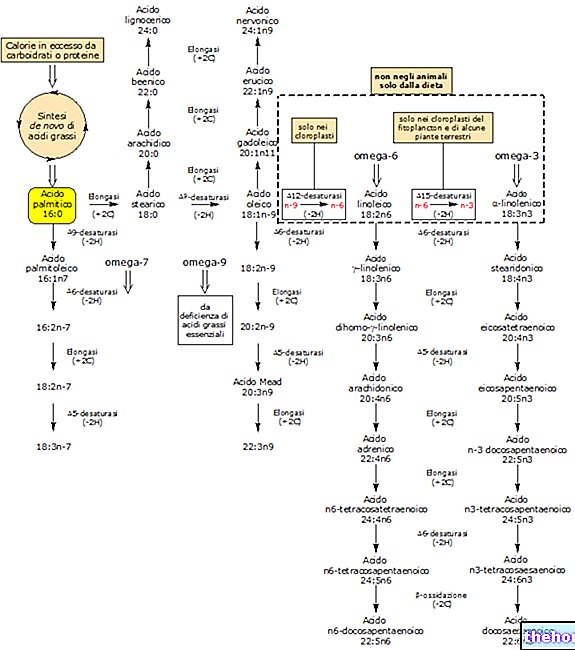On average, the pH of saliva approaches neutrality, oscillating between 6.5 and 7.4 thanks to the precious buffering action of the bicarbonates it contains. As a rule, salivary pH in men is slightly more acidic than in women. Positive and negative variations are however quite frequent and physiological in most cases. The pH of saliva is in fact influenced by the degree of oral hygiene, by the type of diet but also by morbid factors. Regardless of the cause, acidic saliva is a major risk factor for tooth decay, tooth enamel erosion and dentine hypersensitivity. The critical value of the salivary pH, below which the enamel is demineralized, is 5.5. On the other hand, even a salivary pH that is too alkaline is the enemy of the teeth, since it favors the deposition of the mineral salts present in saliva and food, so that the bacterial plaque mineralizes more rapidly, forming tartar.


Stephan's curve shows the trend over time of the pH of saliva following the intake of food (especially carbohydrate); examining this curve you can see how the salivary pH remains acidic from 5 to 20 minutes from food intake, a period in which the risk of carioreceptivity is greatest. In this period it is important to intervene with "adequate oral hygiene or better still with generous rinses based on simple water. Brushing your teeth in this period of time, especially if you do not use soft brushes and delicate toothpastes, can in fact promote the demineralization of the enamel.



.jpg)












.jpg)











